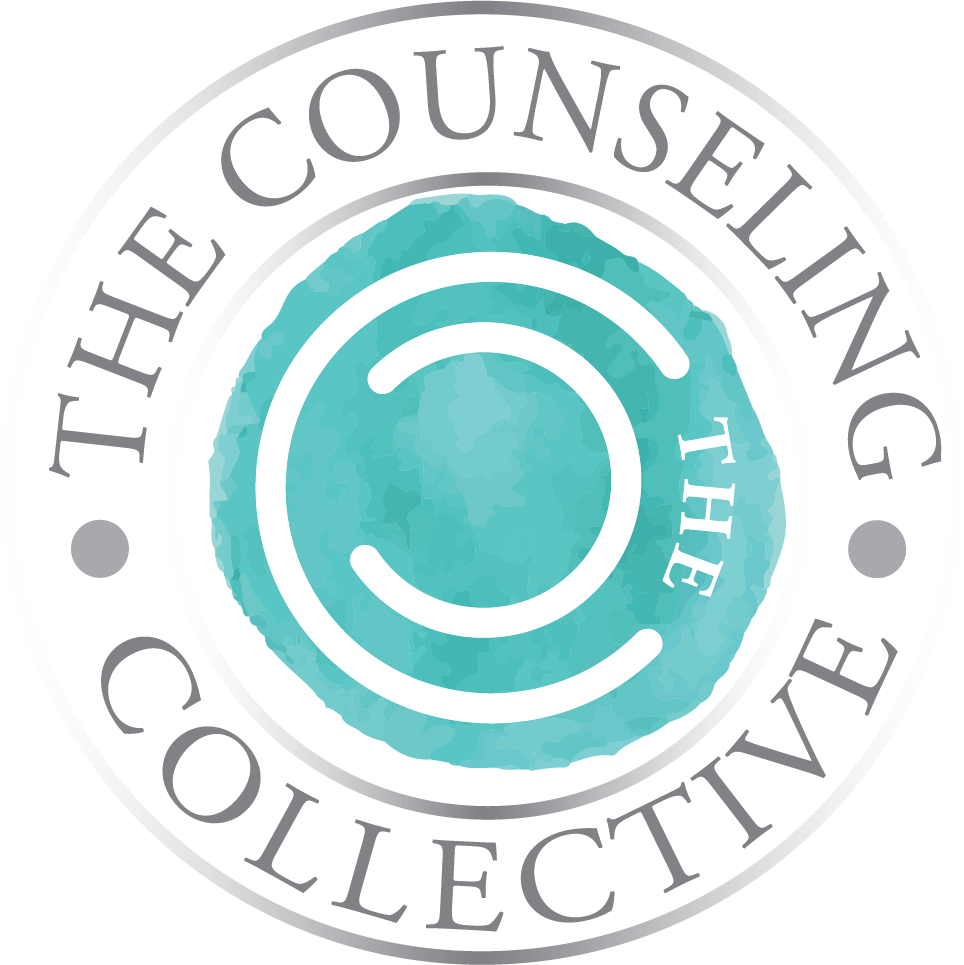Managing Seasonal Affective Disorder
/Happy New Year 2020! The holidays are over, there is more darkness than daylight, and the weather is cold (or at least it typically is during this time of the year!). Do you find that you experience a sense of dread at the end of Summer with the thought of what feels like longggggggg Fall and Winter months? Have you felt a change in your mood as the seasons change? Do you find that your energy is decreased and that you feel moodier from the end of Summer through Spring? If so, you are not alone, and may be like many who experience Seasonal Affective Disorder (SAD). Many experience increased sadness after the holidays are over and during the first few months of the year. In fact, for many, this increased in sadness and decreased energy begins at the end of the Summer, yet we perk up some around the holidays. People may experience SAD differently. Quite ironic how the acronym is SAD when many who experience it express that they feel a sense of sadness and lack of energy.
I am sure most people are familiar with Eeyore from Winnie the Pooh. Although he appears sad year-round, can you relate to his moods and feelings, especially during the Fall and Winter? Ok, perhaps we are not as gloomy as Eeyore, but we can certainly feel down in the dumps and lacking energy when experiencing SAD. It may even be tempting to hibernate like bears do during the Winter but realistically, as humans, we cannot do so for many reasons including daily responsibilities no matter the season or how we feel.
Are you wondering if you experience symptoms of SAD? Some symptoms of SAD include: increased sadness throughout the day, more days feeling sad than not, loss of interest in activities that you normally enjoy, decreased energy, change in sleep and eating patterns, increased agitation, difficulty focusing, increased grieving, and increased feelings of hopelessness and guilt.
Are you curious about what causes SAD? I know I am but there does not seem to be one or even two causes. Bummer, I know! However, the amount of sunlight that we are exposed to has been identified as likely contributing towards SAD. Reduced exposure to sunlight affects the brain chemical, Serotonin, which helps control our moods. Too little Serotonin can lead to symptoms of sadness and low energy. Melatonin, another chemical in our brain, is regulated by the sun and when it is not at the within normal levels, it may affect our sleep and mood patterns.
So, do any of the above symptoms sound familiar to you about yourself or your friends and loved ones? I am sure many can relate to this. Ok, so now what? If it was an easy fix, I would be so happy for all of us. However, it isn’t an easy fix. And, no, we cannot hibernate like bears do, despite the great appeal of doing so. Instead, below are some strategies to help decrease symptoms of SAD. We can even learn a bit from Eeyore, since he accepts visits and encouragement from his friends despite not particularly wanting to.
Strategies to help decrease and control symptoms of SAD include:
1. Maintain a regular sleep schedule: Try to go bed and get up at the same time everyday such as going to bed at 10pm and getting up at 6am daily.
2. Maintain a healthy and balanced diet: As tempting as it may be, we cannot live just on pizza and chips. See you family doctor and possibly a nutritionist to create a balanced diet for yourself.
3. Maintain a daily routine: Be sure to get up, get dressed, and do chores daily even on days when you don’t want to. For example, you want to just stay in PJ’s all day and binge watch something on Netflix, occasionally this is ok. But for the most part, stick with your regular routine.
4. Talk to your family doctor about your concerns and symptoms: It is important to rule out underlying medical conditions. Also, your doctor may offer medical interventions. Be sure to consult with your family doctor before taking any medication, even over the counter medications and before you would start light therapy.
5. Talk with friends and family: Talking to friends and family may help you. Because they may be experiencing similar feelings and symptoms, talking to them could help you feel less alone. Remember Eeyore, he didn’t want to interact with Pooh, Piglet, and Tigger but once he did, he felt a bit better at least.
6. Practice self care daily: Self care is something that must be done daily and not just occasionally. (Check out this blog on self care). I love spending time volunteering for it helps those in need and it makes me feel good too. I especially enjoy the volunteering I do with animals for the benefits of interactions with animals is beyond amazing!!!!!
7. Participate in therapy: Therapy is beneficial year-round! Don’t hesitate, reach out to a local therapist and accept help. You get to express yourself openly and honestly in a safe and judgment free place. How great is that!?!? If you aren’t sure what to expect in an initial therapy appointment, check out this blog here.
If you find that you are experiencing symptoms of Seasonal Affective Disorder (SAD), please contact us. The moodiness that might accompany the winter months doesn’t have to last! The mental health therapists at our office offer counseling for a variety of issues including trauma using EMDR, depression, anxiety, grief, and couples counseling. We work with teens, adults, and couples. We also offer online counseling services which can be great for people with busy schedules or for people who live in parts of Pennsylvania with limited counseling options. You can check out our website to see the full list of counseling services that we offer. Or, Request An Appointment here.
